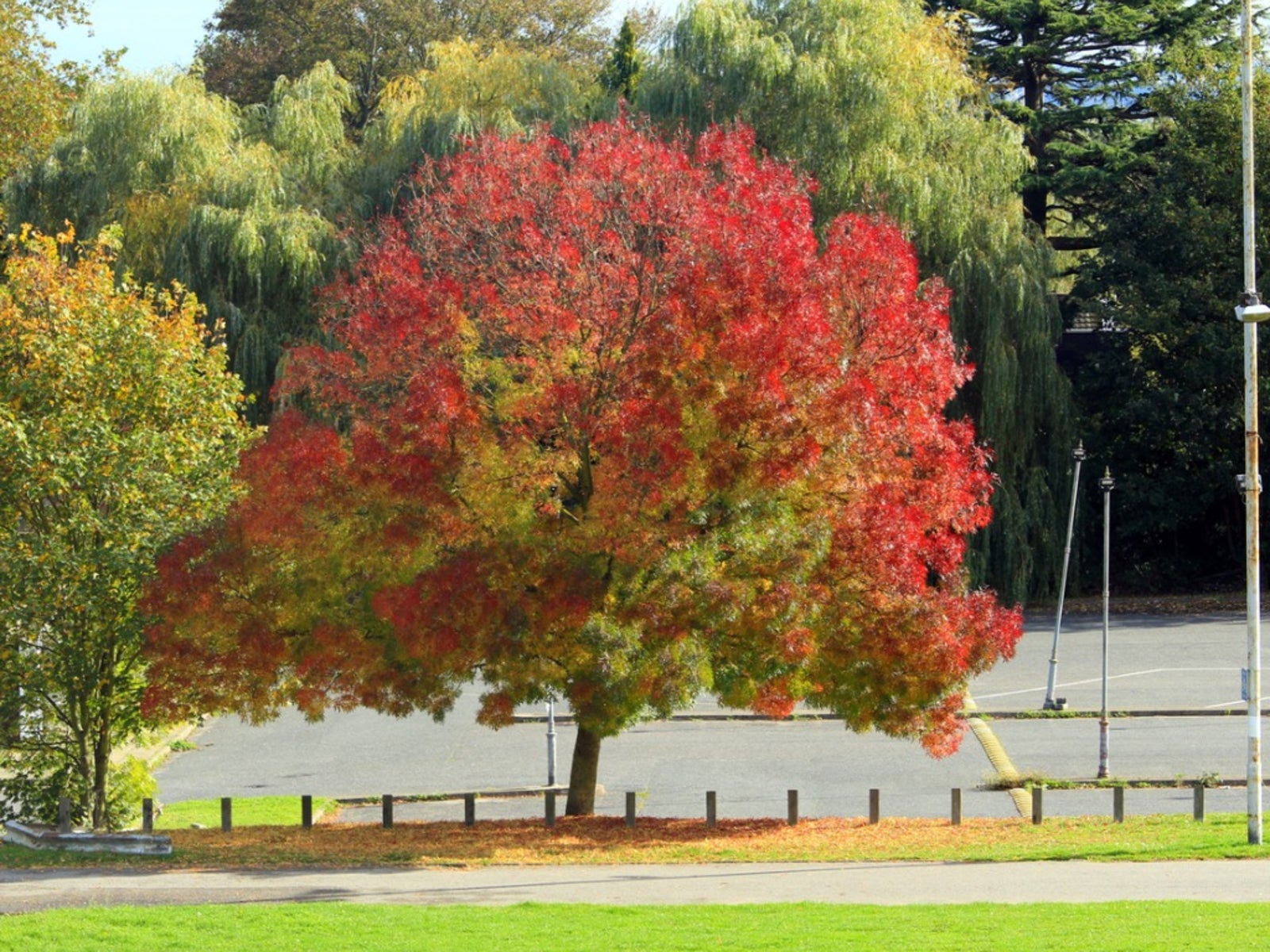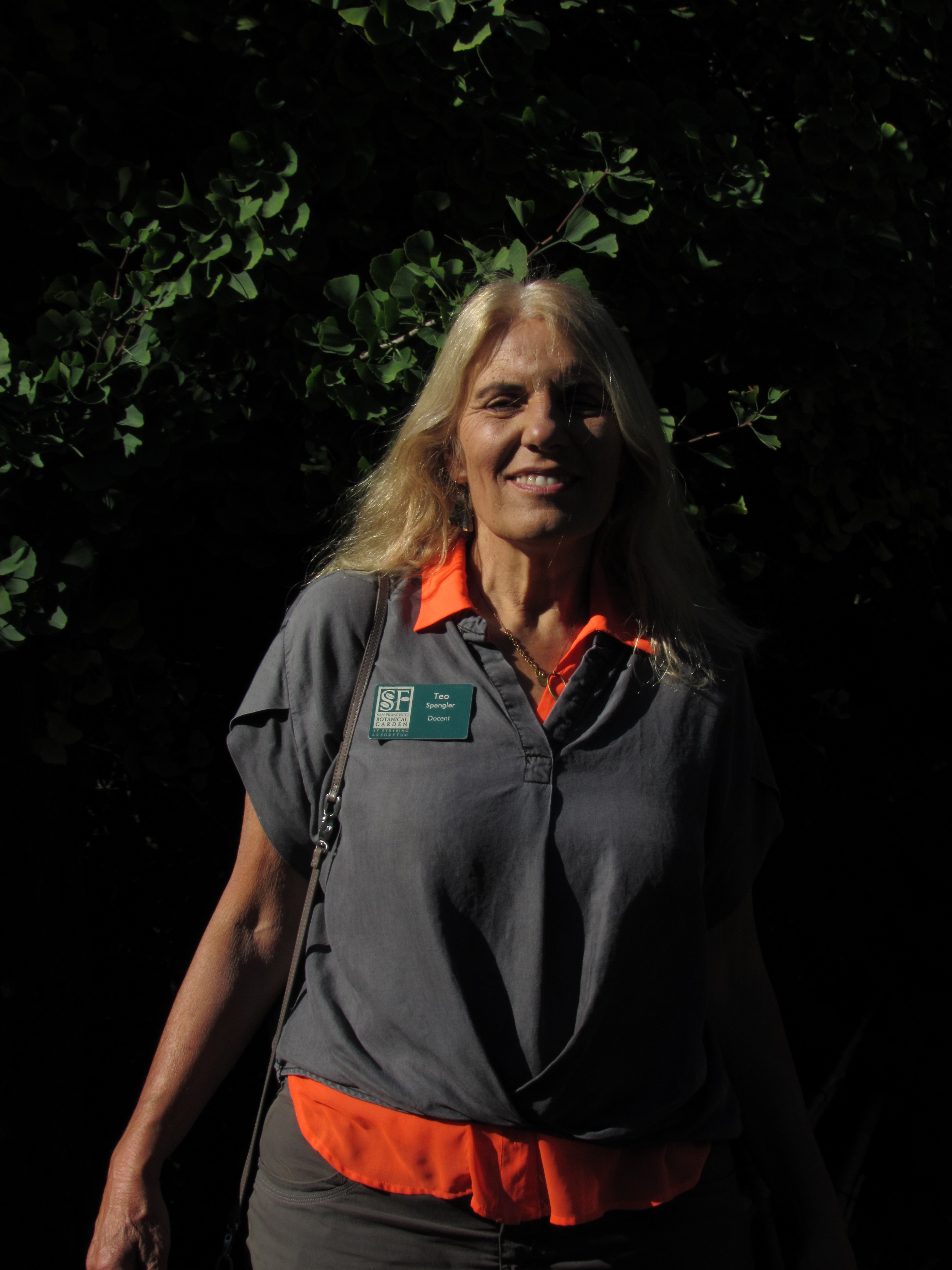Claret Ash Care – Information On Claret Ash Growing Conditions


Homeowners love the claret ash tree (Fraxinus angustifolia subsp. oxycarpa) for its fast growth and its rounded crown of dark, lacy leaves. Before you start growing claret ash trees, be sure your backyard is big enough since these trees can grow 80 feet (24 m.) tall with a 30 foot (9 m.) spread. Read on for more claret ash tree information.
Claret Ash Tree Information
Claret ash trees are compact, fast growing, and their deep green leaves have a finer, more delicate look than other ash trees. The trees also offer a terrific autumn display, since the leaves turn maroon or crimson in fall. Claret ash growing conditions influence the ultimate height of the tree, and cultivated trees rarely exceed 40 feet (12 m.) in height. Generally, the tree’s roots are shallow and do not turn into problems for foundations or sidewalks. However, it is always wise to plant ash trees a good distance from homes or other structures.
Claret Ash Growing Conditions
Growing claret ash trees is easiest in USDA plant hardiness zones 5 through 7. When it comes to providing good claret ash care, don’t worry too much about the type of soil in your backyard. Claret ash trees accept sandy, loamy, or clay soil. On the other hand, sunlight is critical. Plant claret ash trees in full sun for fastest growth. If you read up on claret ash tree information, you’ll find that the tree will not tolerate frost, high winds, or salt spray. Although, this ash is quite drought tolerant once established. Take care not to weed whack around your young tree. Ash bark is very thin when the tree is young, and it can be easily wounded.
Raywood Claret Ash
When you are growing claret as trees, you should consider ‘Raywood,’ an excellent Australian cultivar (Fraxinus oxycarpa 'Raywood'). This cultivar is so popular that the claret ash is also called the Raywood ash tree. ‘Raywood’ thrives in USDA hardiness zones 5 through 8. It grows to 50 feet (15 m.) high with a 30 foot (9 m.) spread. You should use the same cultural practices for ‘Raywood’ that you would use generally for claret ash care but be a little more generous with irrigation.
Sign up for the Gardening Know How newsletter today and receive a free copy of our e-book "How to Grow Delicious Tomatoes".

Teo Spengler is a master gardener and a docent at the San Francisco Botanical Garden, where she hosts public tours. She has studied horticulture and written about nature, trees, plants, and gardening for more than two decades, following a career as an attorney and legal writer. Her extended family includes some 30 houseplants and hundreds of outdoor plants, including 250 trees, which are her main passion. Spengler currently splits her life between San Francisco and the French Basque Country, though she was raised in Alaska, giving her experience of gardening in a range of climates.